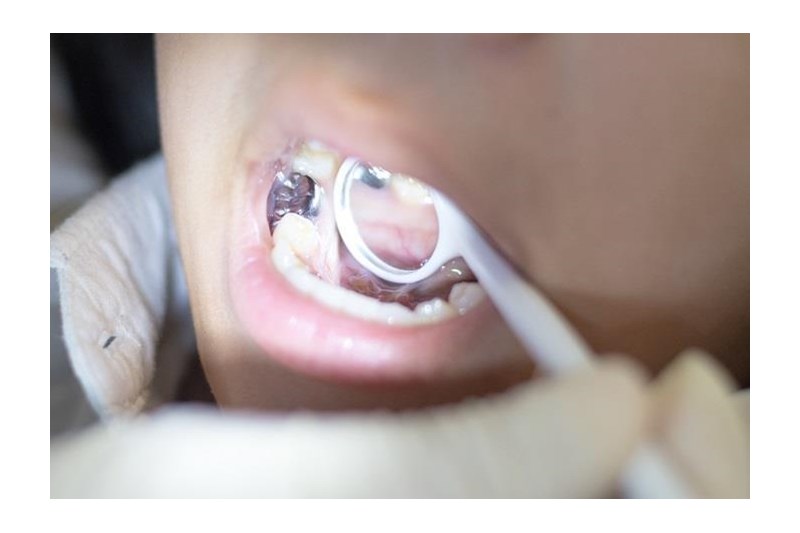What is the truth about dental amalgam?
Published: 25/03/2024
One of the critical debates at BDIA Dental Showcase 2024 focused on dental amalgam. Opinion leaders met to discuss the material's safety and the available options for clinicians.
Silver amalgam is a common material for permanent filings in the UK. It is used in around a third of procedures across England. The material contains mercury, which has caused safety concerns in the medical community.
In January 2024, the European Parliament voted to ban dental amalgam. At the time, the British Dental Association issued an open letter to all four UK chief dental officers. The professional body said the alternatives do not “compete with amalgam on the speed of placement or longevity. It believes the ban will eat into clinical time and resources.”
At the BDIA Dental Showcase, Edmund Proffit, chief executive of the British Dental Industry Association (BDIA), moderated a debate on the material's use.
Jason Wong, interim chief dental officer for England, spoke first, outlining the current position on the proposed phase-out of amalgam. He explained the gaps in research regarding the alternatives for dental fillings and the next steps his office will take to support the plans, including attending Cop-6, following the Minamata convention, and the necessity of feasibility studies.
Jason said that there are environmental issues associated with amalgam alternatives. He raised “concerns about microplastics”.
Chris McConnell, a dental surgeon and co-founder of the Real Dentist Academy, told delegates, “You can do NHS dentistry without amalgam.”
Chris opened his presentation by outlining all the composites available as alternatives. He then provided some tips on approaches to using different composite materials and reviewed the literature available.
“Amalgam, for me, in teeth causes more teeth loss,” said Chris. Drawing on his case history, Chris added, “Amalgam in anything larger than an occlusion causes tooth loss. That’s what I see.”
In response, Jason said, “Amalgam, in most hands, is pretty safe and pretty safely treated.”
Author: Muireann Hannan












.jpg?width=150&height=100&scale=canvas)
